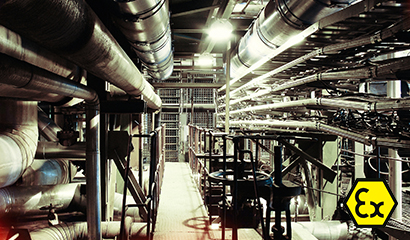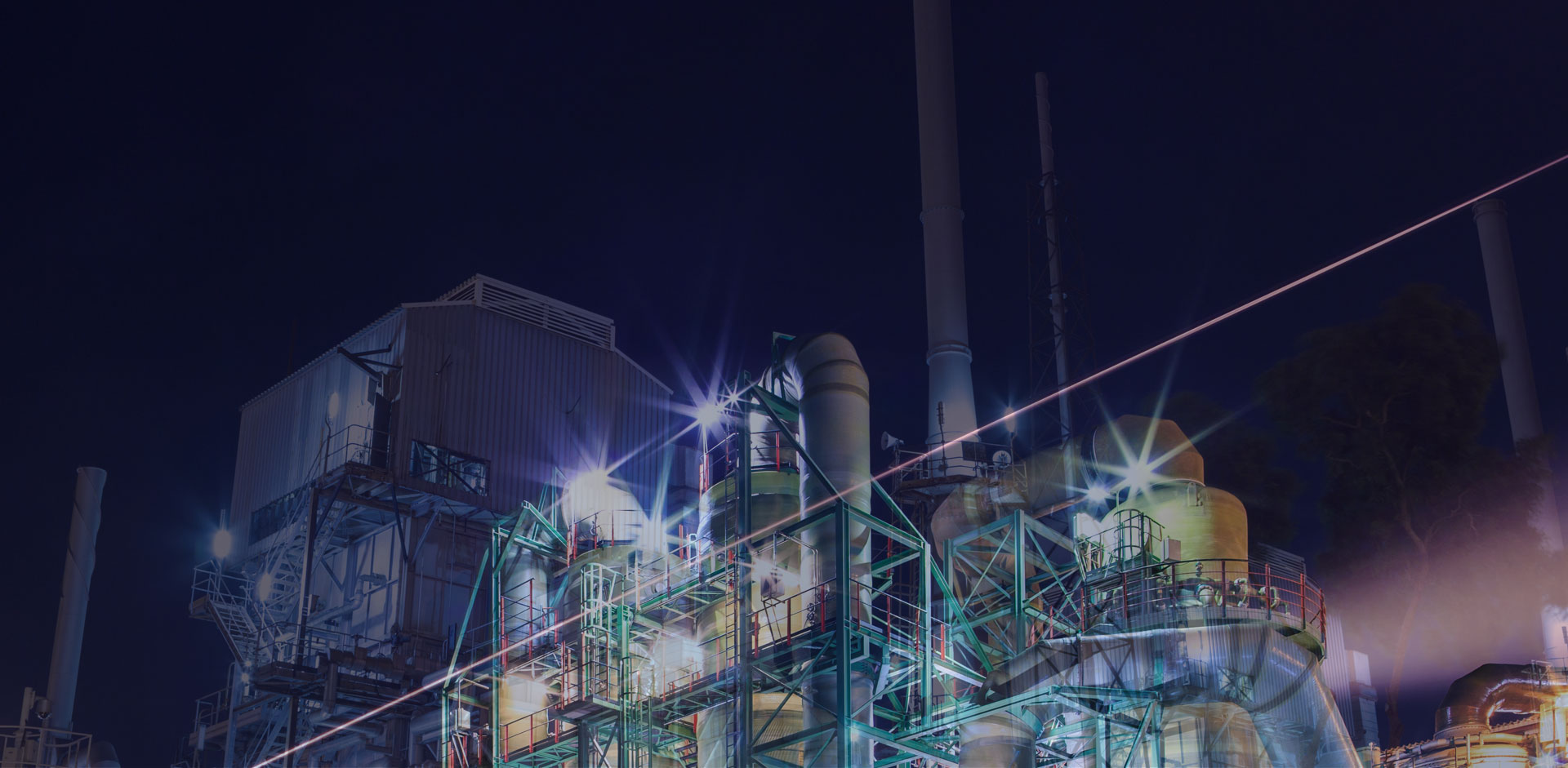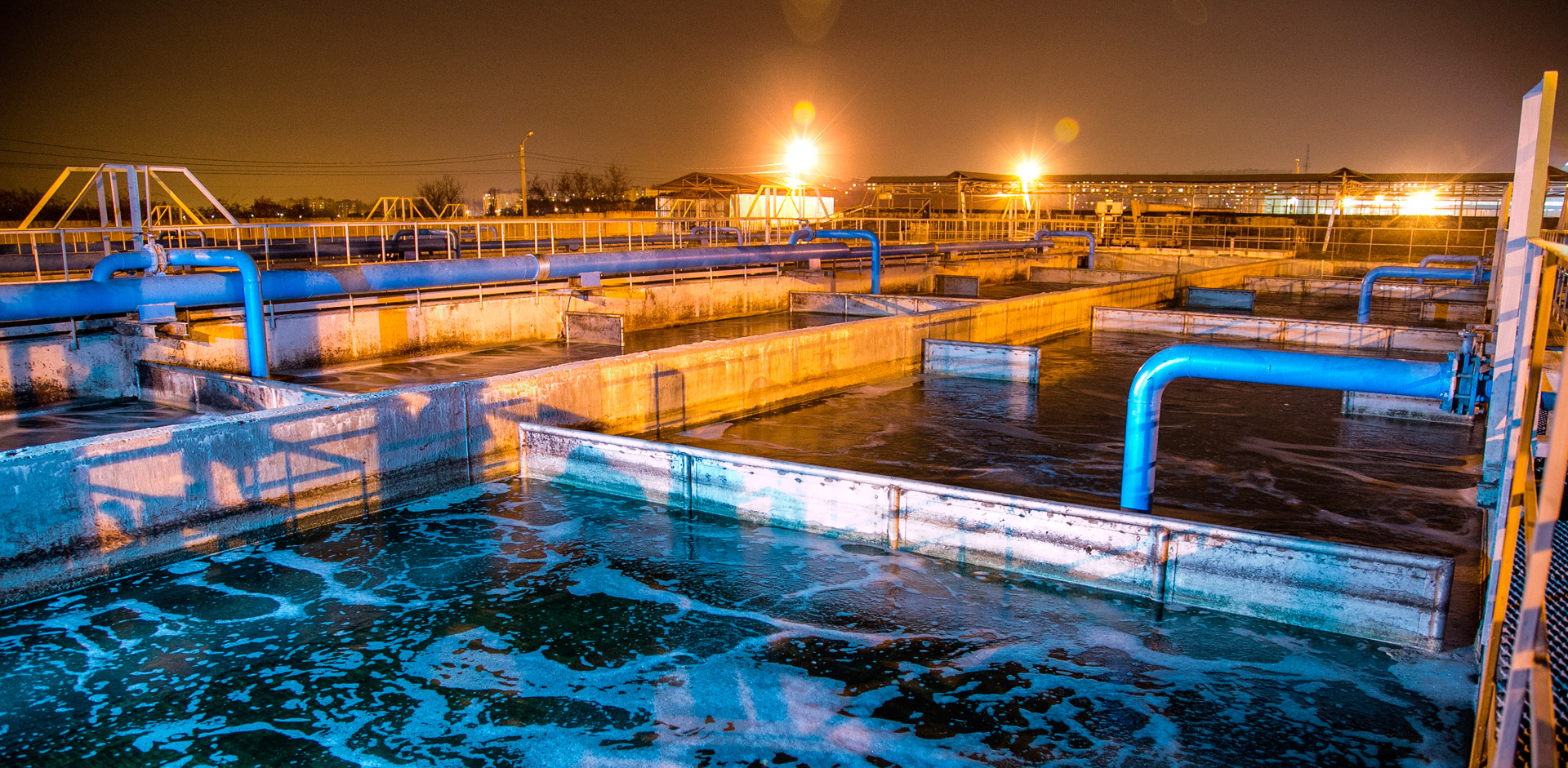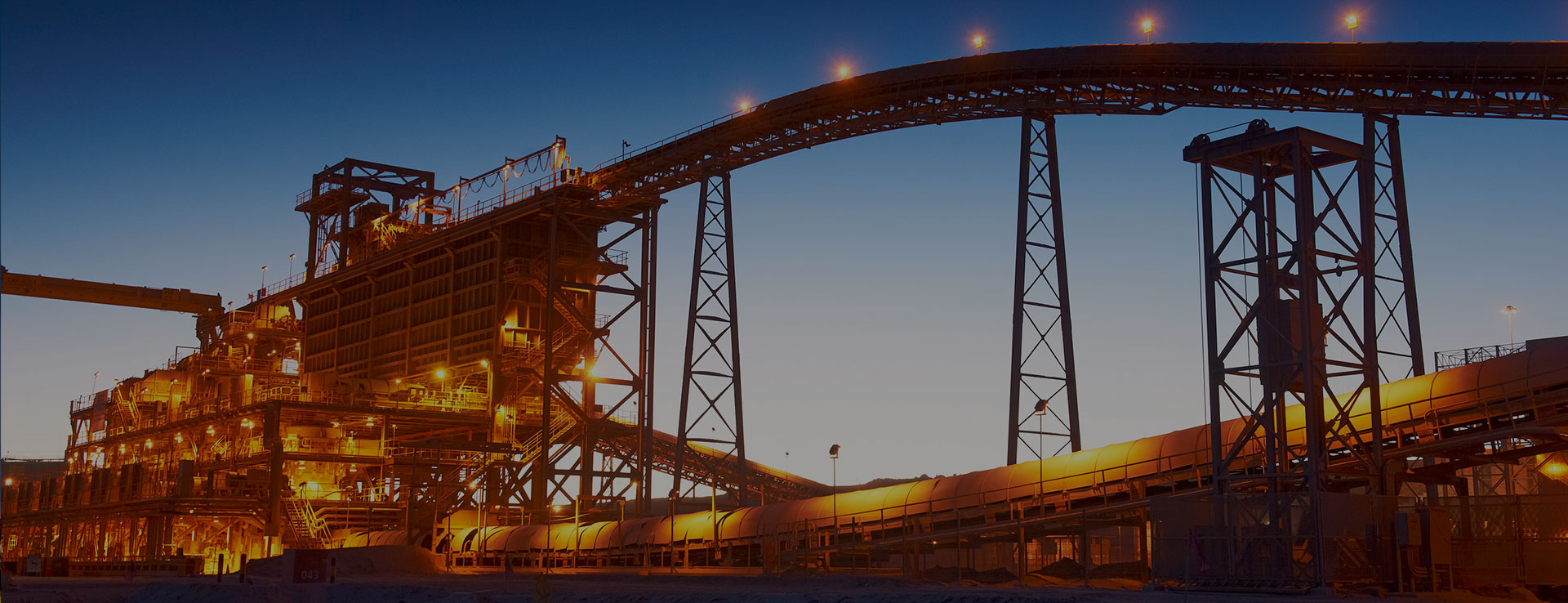Explosion-proof lamps are a kind of electrical products used in explosive environments. According to their different explosion-proof types, they are mainly divided into flameproof type "d", increased safety type "e", non-sparking type (also known as "n" type), dust explosion-proof type Type "DIP" and composite explosion-proof type composed of two or more explosion-proof types, etc.
Selection Of Explosion-Proof Lamps
According to the possibility of the occurrence of flammable gas, the hazardous area of explosive gas environment is divided into zone 0, zone 1 and zone 2. In principle, the installation of fixed explosion-proof lamps and lanterns is not allowed in Zone 0. When necessary, use mobile (or portable) explosion-proof lamps with the cooperation of intrinsically safe "ia" on-site safety testing instruments; explosion-proof lamps are mainly used in Zone 1 (can also be used in Zone 2); increased safety lamps Mainly used in zone 2, use with caution in zone 1.
The explosive dust environment is divided into 20 zones, 21 zones and 22 zones. When the dust explosion-proof lamp meets the IP6X dust-tight enclosure, it can be used in the explosive dust environment and combustible conductive dust environment in Zone 21 and 22; when the dust explosion-proof lamp meets the IP5X dust-proof enclosure, it can only be used in the flammable non-conductive dust environment in Zone 22.
Installation And Use Of Explosion-Proof Lamps
The environmental conditions for the installation and use of explosion-proof lamps must meet the requirements of the product nameplate and instruction manual. Explosion-proof lamps used in fixed installations require firm and reliable installation, and should not be fixed with only one screw as a foot screw. If a lifting ring is used, there should also be a thread that can prevent loosening on the casing or welded on the casing.
In order to prevent the thermal effect of the electric light source or the accidental arc and spark from igniting the surrounding explosive gas when replacing the bulb (tube), the shell or cover of the explosion-proof lamp should not be opened casually. Explosion-proof lanterns and cap lamps (including explosion-proof flashlights) are portable explosion-proof lighting fixtures. The battery used in this kind of lamp should prevent the electrolyte of the battery from flowing out under the state of various positions of the lamp, and the material in contact with the electrolyte should be resistant to chemical corrosion.
Maintenance Of Explosion-Proof Lamps
When replacing the bulb of the explosion-proof lamp, the type and power of the light source specified on the nameplate of the lamp must not be changed arbitrarily to prevent the maximum surface temperature of the lamp from exceeding the allowable value. When you need to open the shell of the lamp, you must strictly follow the requirements of the warning sign, first power off and then open. Unless the explosion-proof luminaire is structurally provided with an interlocking device that can open the enclosure after the power is cut off. In a dusty environment, the surface of the lamp should be cleaned frequently to prevent the maximum surface temperature of the lamp from exceeding the allowable value due to surface dust collection. The plastic case should be wiped with a damp cloth to avoid static sparks.
Now click to know more about SureAll, one of the leading explosion proof lighting manufacturers in China.


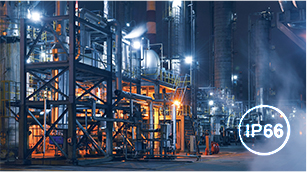
 ATEX/IECEx Standard
ATEX/IECEx Standard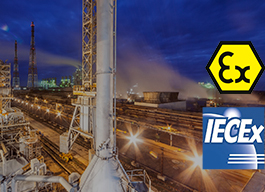
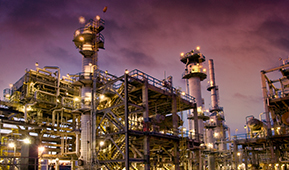 Each member of the SUREALL team works hard to save energy, reduce budget, maximize durability, bring success to every project for every customer. Here are just a few examples of how we've impacted the markets we're proud to serve.View More +
Each member of the SUREALL team works hard to save energy, reduce budget, maximize durability, bring success to every project for every customer. Here are just a few examples of how we've impacted the markets we're proud to serve.View More +
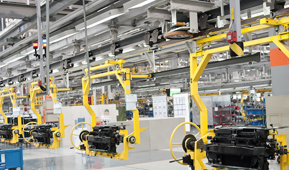

 English
English  Español
Español  português
português  русский
русский  日本語
日本語  العربية
العربية  français
français  Deutsch
Deutsch  한국어
한국어  italiano
italiano  Malay
Malay 
